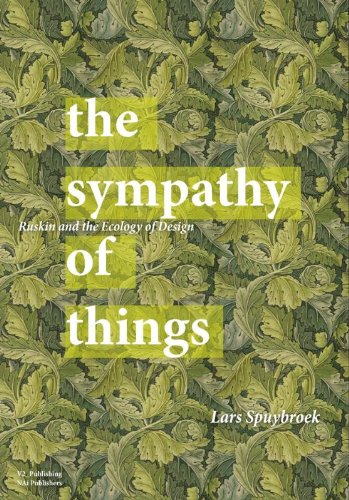Lars Spuybroek’s The Sympathy of Things recontextualizes Ruskin’s theories for the modern day, applying his morals to the very thing he hated most, machines and technologies. In it, Spuybroek argues that what Ruskin really hated was not technology at all, but rather the sameness of machines, how they create multiple copies of the same object with no variation or “changefulness” and similarly operate the same way each time, making their operator into a machine of sorts.
Spuybroek delves into parametric design, analyzing it as though it were a tangible thing. While I was often confused by his phrasing, I found it really interesting to consider parametrics and computer-aided design in this more physical way. I appreciated Spuybroek advocating for how parametric design can create the variation and changefulness (that Ruskin argues for in handiwork) in order to break out of a world of sameness and smooth polished-ness.
Spuybroek’s take on ornamentation greatly interested me as it’s something we often discuss in architecture. I enjoyed reading about how “strong decoration” (aka ornamentation) is inlaid within the design, it becomes and elaborates on the edges and corners, rather than being a façade of a “decorated box” in which the decoration has no impact on the physical form.

You said it really well with considering parametric design “in a more physical way”. This chapter made me think about craft during the digital design phase in a new way. The choices we make while designing an object can be just as varied and consequential as a craftsman working on a physical material. Because we know that a machine will perfectly replicate our files, we can make very intentional and educated moves during the design process which translate seamlessly into a physical medium when fabricated.
LikeLiked by 1 person